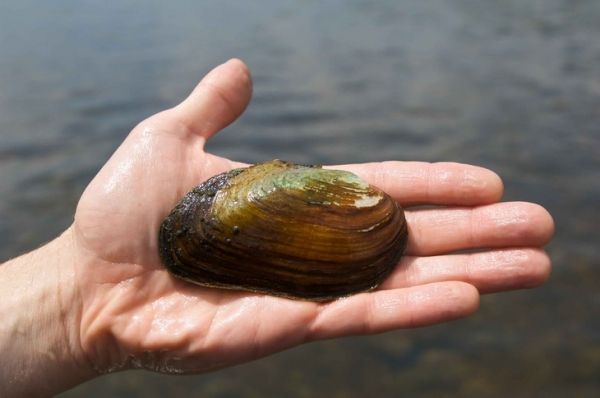Elevated concentrations of strontium, an element associated with oil and gas wastewaters, have accumulated in the shells of freshwater mussels downstream from fracking wastewater disposal sites, according to researchers from Penn State and Union College.
"Freshwater mussels filter water and when they grow a hard shell, the shell material records some of the water quality with time," said Nathaniel Warner, assistant professor of environmental engineering at Penn State. "Like tree rings, you can count back the seasons and the years in their shell and get a good idea of the quality and chemical composition of the water during specific periods of time."
In 2011, it was discovered that despite treatment, water and sediment downstream from fracking wastewater disposal sites still contained fracking chemicals and had become radioactive. In turn, drinking water was contaminated and aquatic life, such as the freshwater mussel, was dying. In response, Pennsylvania requested that wastewater treatment plants not treat and release water from unconventional oil and gas drilling, such as the Marcellus shale. As a result, the industry turned to recycling most of its wastewater. However, researchers are still uncovering the long-lasting effects, especially during the three-year boom between 2008 and 2011, when more than 2.9 billion liters of wastewater were released into Pennsylvania's waterways.
Read more at Penn State
Image: The Elliptio complanate freshwater mussel, one of the two species used in the experiment. CREDIT: Westcott Phillip / Wikipedia Commons


